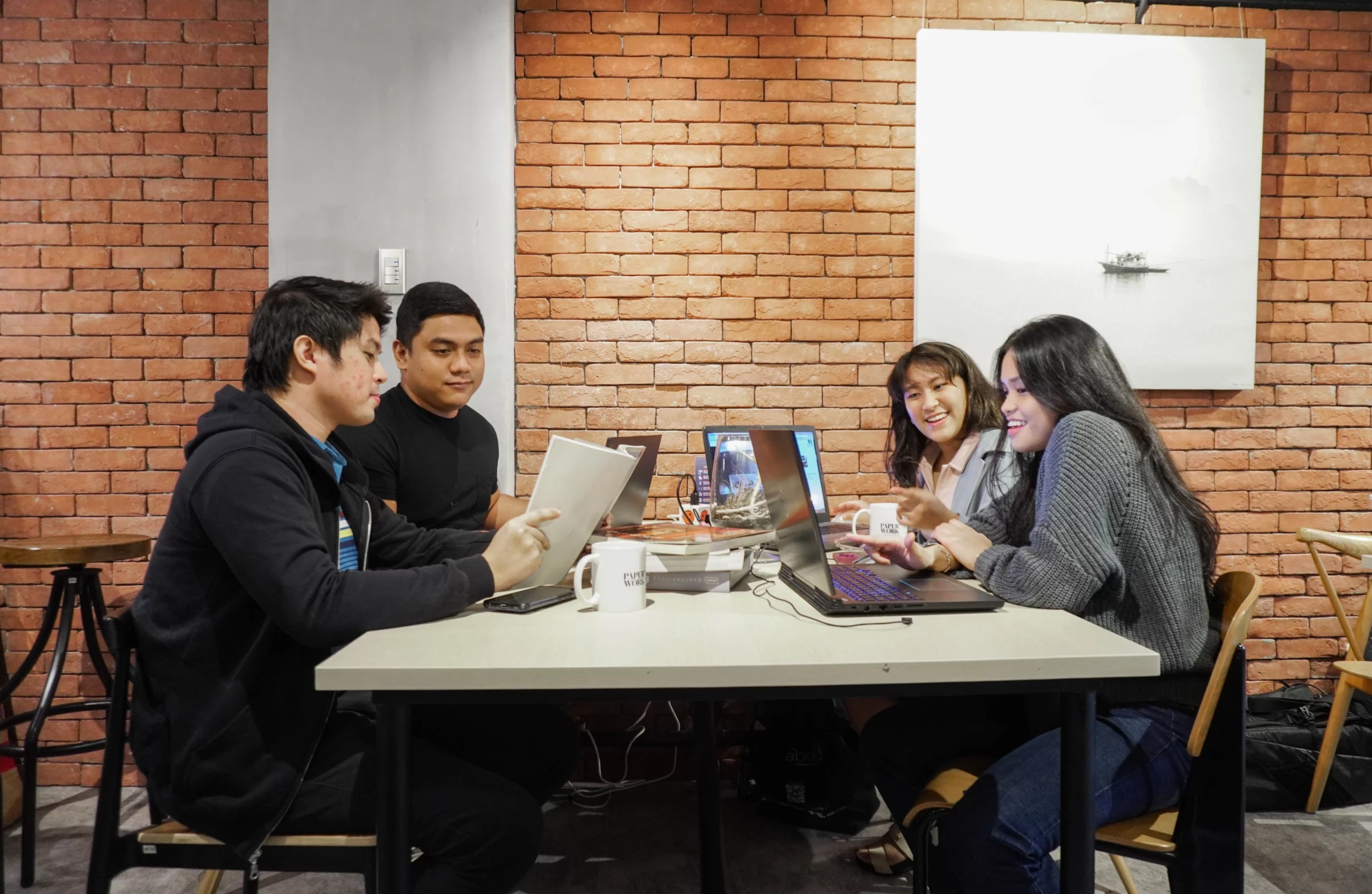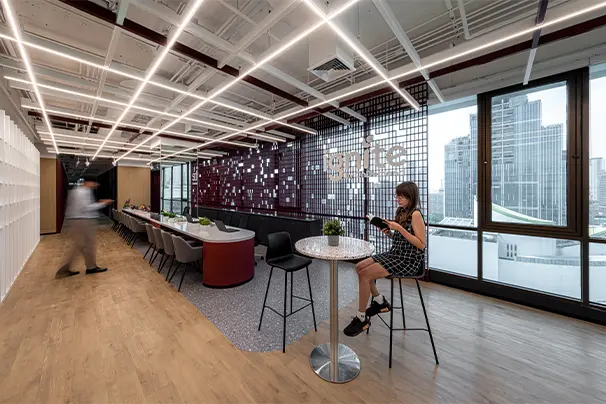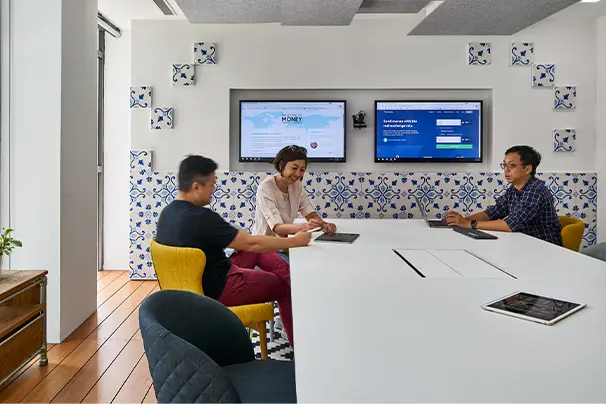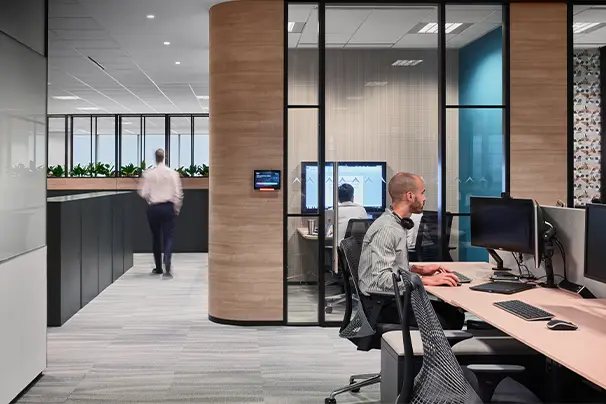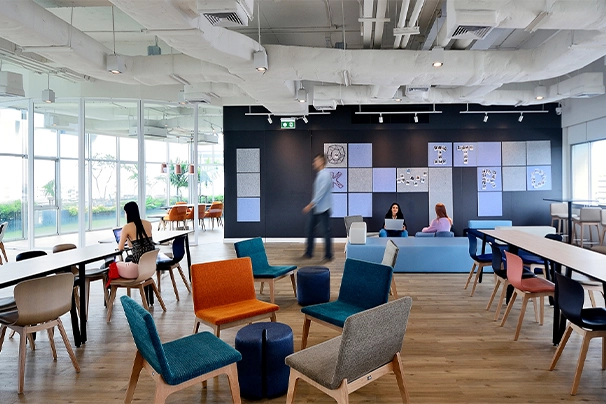How Can Leaders Help Instil New Habits For The Return To Office?
21 March 2022
Since the pandemic, our habits have been forced to adapt for remote and distributed work where trust and empathy take precedence rather than presenteeism. Recently, companies have shifted from working exclusively remotely, to a more hybrid work approach. This re-introduces employees back into the office after almost two years of an almost exclusive work-from-home arrangement.
This means returning to a shared space where workplace habits need to be re-shaped and re-learned; if not employees run the risk of creating unintended discomfort and friction amongst colleagues.
Out With The Old
Organisations can help prepare employees in three ways: setting expectations, dealing directly with resistance, and managing change at all leadership levels.
Set clear expectations
By letting employees know what’s expected of them on the return to the office, leaders can set them up for success. Communicating clear expectations means everyone knows where they stand and what is considered acceptable or not.
Deal directly with resistance
By listening and encouraging participation from the people who are directly affected, leaders can signal for positive changes to take effect within the organisation. Resistance damages productivity and cascades into other negative outcomes, such as increased churn-rate or transfer requests. By tackling resistance head on through clear and open dialogue, leaders can prevent these negative outcomes from happening.
Manage change at all leadership levels
Change has a stronger impact when messaging is consistent and the actions from leadership at all levels reinforce it. This means stepping back in order to achieve clarity and aligning everyone to the goal by looking at the strategy holistically. Encouraging teams to dismantle silos and promoting cross-functional cooperation will help build and reinforce new behaviours.
In With The New
With the return to the office comes the opportunity to integrate workplace design with the organisation’s change strategy. This presents two ways for leaders to consider when developing their solutions: better space for better work, and turning new practices into habits.
Better spaces for better work
Designing with intent when approaching workplace design ensures spaces are thoughtfully crafted. In taking this approach, both employee wellbeing and productivity are facilitated through a clever mix of work stations, accommodating both creative and focused work.
Additionally, modern and digitised solutions can be harnessed to improve meeting environments and help support collaborative efforts. These include details such as robust connectivity, ergonomic furniture, and soundproof walls.
To help organisations redefine their office, we’ve developed an assessment tool, “What Office Type Are You?”. This tool allows teams to uncover employees’ needs and priorities in returning to the office and so define the new purpose of their physical space.
Turn new practices into habits
Old established routines have a tendency to creep back in. Which is why new frameworks need to be cemented into habits, with reminders repeatedly communicated from the organisation. This helps to ensure that beneficial practices are adopted and followed until it becomes the new norm. To do so effectively, leaders also need to be thoughtful about identifying which behaviours have been successful and be deliberate in ensuring that the positive changes stick.
Evaluate And Adapt
Despite the ever-changing shape of work, a silver lining is that, with this change comes the realisation that a one-size fits all approach does not work, and the notion of routine tasks and a fixed-hour work day are quickly fading.
Employees want more flexibility in when and how they work. A hybrid office will provide flexibility and choice that helps to motivate, inspire, and support the needs and patterns of the many different individuals within the organisation. With this comes the responsibility of leaders to support employees in building positive workplace behaviours and forming the right habits for hybrid work.
TAGS
join our newsletter
Subscribe to receive the latest updates and news on design,
workplace strategy and research into your inbox.

